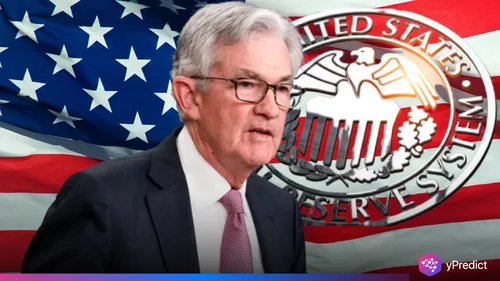
Japan’s export sector continues to lose momentum as trade tensions with the United States escalate. Exports fell for a second straight month, reflecting growing strain from global trade disputes. Japan’s economy still struggles to recover from the COVID-19 pandemic, and external shocks add more pressure to already weak domestic spending.
In June, the U.S. reimposed sectoral tariffs after a temporary pause ended. Japanese cars, the country’s top export to the U.S., faced the steepest penalties. A 25 percent tariff looms unless both countries renegotiate trade terms. Japanese automakers have slashed prices to maintain competitiveness, but economists warn this approach will not last. They believe firms will soon need to make deeper operational changes to survive.
Auto Exports Plunge as Trade Deal Hangs in the Balance
The numbers paint a grim picture. Japan exports dropped by 0.5% in June compared to the previous year, missing forecasts of a 0.5% rise. The downturn was driven largely by a massive 11.4% fall in shipments to the United States. Within that, automobile exports plunged 26.7%, auto components fell 15.5%, and pharmaceutical exports collapsed by over 40%.
Although the volume of car exports increased slightly by 3.4%, this growth came at a steep cost. Automakers slashed prices and absorbed rising tariffs to protect market share in the US. This margin-cutting approach has helped maintain production levels, but experts believe the tactic cannot last much longer, especially as the yen remains relatively strong.
No Deal Yet as Deadline Approaches Fast
Japan’s failure to reach a deal with Washington by the July 9 deadline has heightened market fears. The US has now announced it will finalize 25% tariffs on Japanese imports if no deal is struck by August 1. Trade analysts expect US tariffs to become a major obstacle for Japan’s economy in the second half of the year.
Daiwa Institute of Research economist Koki Akimoto cautions that the pressure will only intensify. Japanese firms may soon be forced to pass tariff costs to US consumers, risking a further drop in demand. Meanwhile, senior economist Koya Miyamae of SMBC Nikko Securities believes automakers can no longer keep sacrificing margins without damaging their global competitiveness.
Trade Surplus Shrinks as Import Costs Edge Up
Despite weak exports, Japan’s imports rose slightly by 0.2% in June, contrary to expectations of a 1.6% drop. This led to a much smaller-than-expected trade surplus of 153.1 billion yen ($1.03 billion), well below the forecasted 353.9 billion yen. Japan’s trade surplus with the US also shrank 22.9% year-on-year to 669 billion yen ($4.51 billion), underlining the growing trade imbalance.
Exports to China, another critical partner, also fell by 4.7%. These dual shocks from the US and China threaten to derail Japan’s broader export strategy, which relies heavily on auto and tech-related shipments. Rising US tariffs and slowing Chinese demand now pose a double blow.
Economic Headwinds May Delay Rate Hikes
The drop off in Japanese exports is an additional strain for the country who is dealing with the factors of rising living expenses and soft consumer spending. Japan’s economy contracted in Q1 2025, while the threat of trade friction only complicates recovery. The Bank of Japan, who is already on the side of caution, may well have to postpone rate hikes. They surely won’t want to compound the situation further.
Analysts point out that an ongoing uncertainty over the terms of trade talks will see policymakers remain in monitor mode for a lengthy period. Japan has a tough task at hand, as managing the potential damage to the export-led economy could weaken, in specific sectors, such as automotive, which bear the brunt of negative impacts.
What Lies Ahead for Japan’s Trade Outlook?
As August nears, all eyes are on trade discussions in Tokyo and Washington. The situation is precarious for Japan. If there is no agreement, Japan’s economy is set to open up to greater vulnerabilities. There are pressures on margins in the auto industry, and declining production levels and global economic competitiveness could result. For now, Japanese automakers have yet to bear the full weight of tariffs, but they are running out of time for tactical cushioning.
In an era of tightening global trade policies, and changing allegiances, Japan’s export story future looks more uncertain than ever. The next few weeks will be pivotal in seeing if Japan can find a way forward with their exports, or if they will get sucked further into trade misery.







